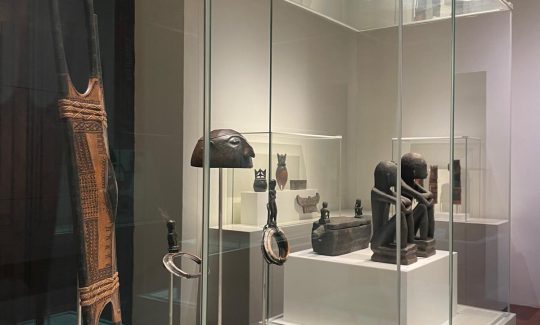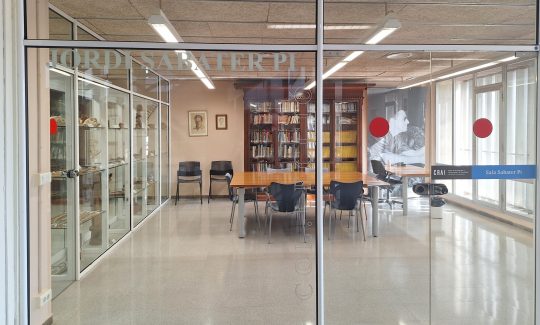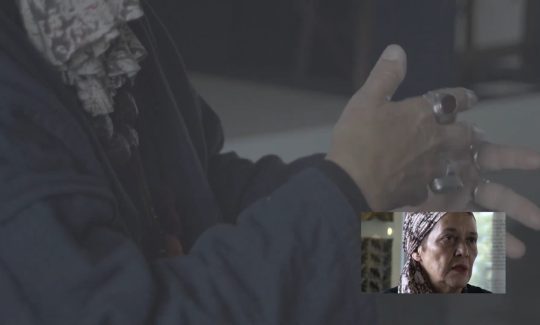Discover
Featured stories
News and short reports on the research, the different formalities and the public impact of the program

From the 1887 Exposición General de las Islas Filipinas to the Ethnological Museum of Barcelona, José Coronado Ladrón de Guevara’s Philippine collection has passed through numerous institutions and relocations. Its journey, shaped by world’s fairs, political decisions, and museum reorganisations, reflects the complex management of colonial heritage in the Spanish state.

Having just begun its career in 1949, the Ethnological and Colonial Museum of Barcelona (precursor to the current Museum of Ethnology and World Cultures) assumed the responsibility of inventorying on the ground the material culture of the peoples who inhabited the northern zone of the Spanish protectorate over Morocco. The result of the expeditions was one of its first collections of colonial origin.

At the University of Barcelona Library (CRAI Belles Arts), a human skull was exhibited inside a biere, a ritual figure used in the cult of the melan of the Fang people. This object becomes evidence of the colonial ties that persist in Catalan institutions.

The preparation and filming of in-depth interviews with people who can provide knowledge about the relationship between museums, the colonial past and its relevance today, is one of the methodological tools that we are developing as the program progresses.
